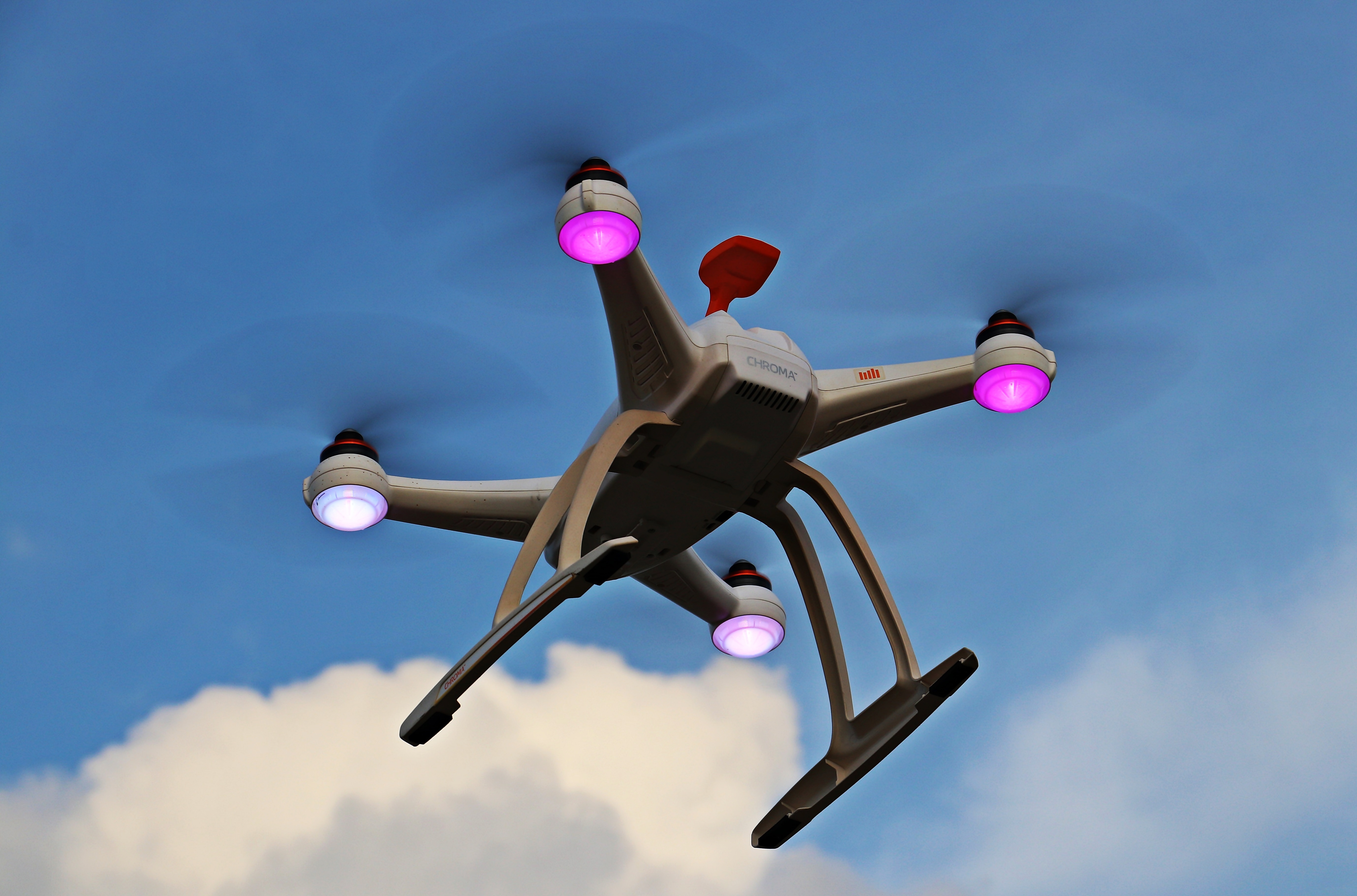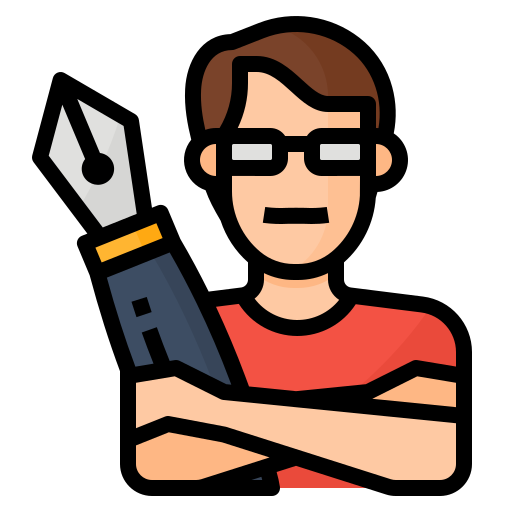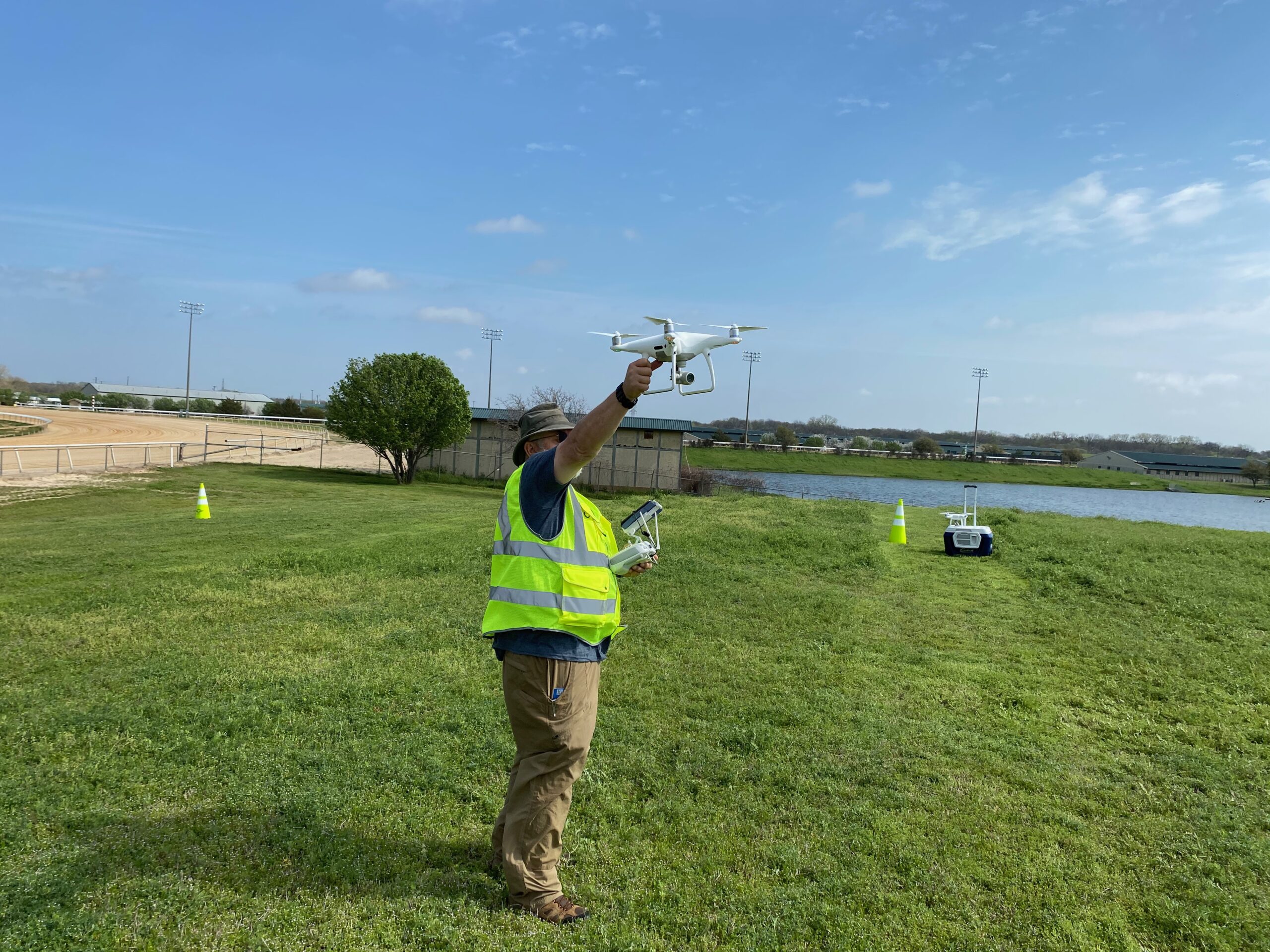A list of gear every drone pilot needs
Like any professional, drone pilots need the right tools in order to do their job correctly. After all, you never want to get miss out on a high-paying gig because you don’t have the proper tools to get the job done. Having the right stuff in your toolkit will ensure that you’re always prepared.
While the exact drone tools you’ll need will depend on the nature of your job and skillset, there are a few things every pilot should have on them (see: Drone Pilot Field Kit). No matter how your using the drone to do work, here are the tools you’ll need to be ready for action in the field:
Portable Storage
The right microSD card is a must-have for proper short-term storage of your data. While there are plenty to choose from, you want to find one that transfers at a rate of 100 mbps or higher.
Long-Term Storage
In a perfect world, external hard drives would never fail us. We’d be able to purchase them and depend on them to work whenever we needed. Unfortunately, hardware is always subject to failure, and such instances of this magnitude can be catastrophic depending on the circumstances.
Fortunately, the redundant feature of storage solutions like Drobo are a drone pilot’s best friend. With multiple bays allowing for versatility, a hard drive failure hard drive failure doesn’t mean that data loss comes along with it.
Long-term storage will give you the peace of mind you need. You’ll be happy knowing that all of your great footage and stills are safe and ready to be accessed whenever you need them.
ND Filters
Neutral-density filters are basically sunglasses for your aerial camera. They can be the determining factor in whether your footage is crispy or distorted. While you’ll have to experiment with them to get them working properly, ND filters are a necessary tool for any professional remote pilot.
Polar Pro is the industry leader in ND Filers. The company manufactures products for most drones, including all of DJI’s cameras.
Carrying Case
When working with clients who are watching your every move, perception means a great deal. What’s more is that a customer’s impression can directly influence their decision-making. In order to invest in your services, they’ll want to make sure you’re worth hiring.
The right carrying case should not only be functional, but should demonstrate preparedness and professionalism in every aspect.
There are a number of solid cases out there. Go Professional Cases does great work when it comes to both form and function. However, you’ll want to think through your own specific needs and consider portability and functionality before making a purchase.
Some pilots have multiple cases for different applications, functional for both commercial pilots and hobbyists. Again, perception is everything, and looking like an amateur will set off a major red flag on the job site.
Lights
Having the right set of lights is a must. This is especially true once you’ve learned how to apply for a successful waiver for night operation. Don’t forget, though, that lights can be a significant factor even when shooting during daylight.
Polar Pro and Lume Cube are both good options. Specifically if you have a Phantom, these lights will help you illuminate your aircraft after dark.
Range Boosters
Interference is a drone pilot’s worst enemy, and range extenders that can be fastened to the antennae of your transmitter can be a lifesaver for the aircraft. It is a smart business decision to own multiple sets of these.
Landing Pad
Debris and dust are two enemies of UAS operators and aircraft alike. If you fly in nature (as nearly every commercial pilot does), then a landing pad can be a simple but effective tool to preserving your drone. A good landing pad will help you prevent cosmetic and structural damage that loose sediment can cause.
There are plenty of landing pads available on Amazon.
External Monitor
When working with a film crew, timing is everything. Producers will almost always have specific requirements for certain shots. This is why having an external model in your toolkit is essential. Not only can the pilot use it to set up better shots, but a second viewer, such as a director, can view the feed live and give directions when shooting a scene.
Flysight makes a model that Drone U’s pilots use every day.
Vest and Hardhat
Again, credibility is everything when showing up to a jobsite. For commercial applications, having a safety vest and hardhat will not only keep you safe, but provide assurance to clients that you know what you’re doing.
They’re required for construction sites, so why not come prepared?
Basic Redundancy
Batteries, charging cables, propellers and transmitters are all must-haves for any commercial drone operator. While it’s a no-brainer that any pilot should be carrying these with them, it’s important to note that multiple layers of redundancy are critical in preventing a failed mission.
The pro tip here is to have an extra case with backup for everything. There’s no excuse for traveling to a site without being prepared. Backing up every aspect of your operation will save you plenty of headaches in the future.
Michael Jones is an FAA-licensed commercial UAS operator and chief pilot of California Aerial Media based in San Diego, California. With 20-plus flight hours in single-engine manned aircraft and hundreds more logged in UAS, aviation is one of his true passions. In addition, he is an award-winning author whose work has been featured on sites such as Yahoo!, MapQuest, About.com and Vox Media among many other publications.






Add Your Comment